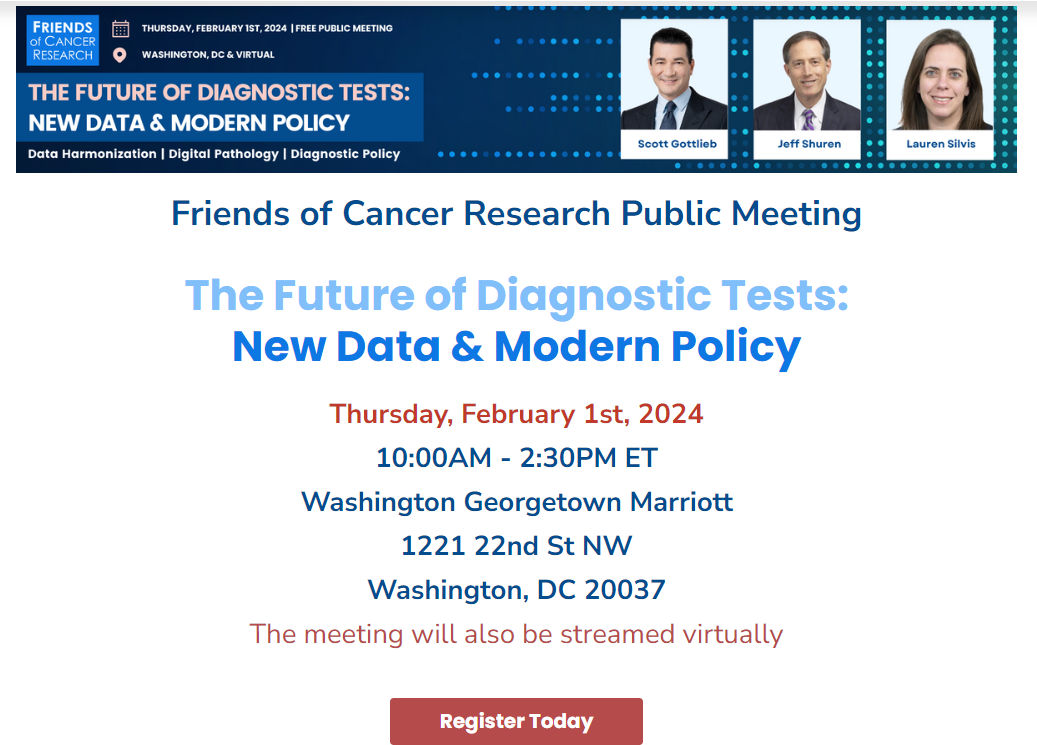Header: A pretty crazy ride is now over for many proteomic tests in MolDx MACs. File under, MolDxOlogy.
##
There's been a tempest in some states since 2021 focused on which MAC in a MolDx region will take responsibility for proteomic tests.
Historically, MolDx made coverage decisions on some high-visibility proteomic tests, such as the Opko 4kscore test or the Biodesix XL2 test or the Crescendo Vectra test. However, in Spring 2021, MolDx announced it was now only reviewing human DNA and RNA tests (later expanded to include pathogen DNA and RNA tests). That is, it would stop viewing such LCDs for proteomic tests as within its jurisdiction.
Since proteomic tests were no longer reviewed by MolDx, they remained the responsibility of the local MAC of the lab...
I had a front row seat at this adventure, and participants in last fall's California Clinical Laboratory Association meeting saw some of the sparks. Over time, I saw two labs (first hand) being told by the California MAC, Noridian, that it would NOT consider LCD applications for proteomic tests, because they were the jurisdiction of MolDx. Then, at the CCLA last fall, there was a remarkable moment where MolDx stated point blank it would handle only DNA-RNA tests, and Noridian told the audience the policy jurisdiction of proteomic tests was still actively being deterined by CMS. A few weeks later, a lab I worked with was told by its MAC that its California proteomic test would be handled by MolDx, pending a future publication of policy. But MolDx had just said, only DNA RNA tests.
It's happened. MolDx has published a new article, MolDx: PROTEOMIC TESTING, A59636, posted 12/31/2023. Find it here:
https://www.cms.gov/medicare-coverage-database/view/article.aspx?articleid=59636&ver=5
The article has a listing of proteomic test CPT codes (it looks like multiomic or multiple proteomic tests) that will in the future be regulated by MolDx policies. Note, importantly, this article is not a coverage or a non coverage document, it is simply a listing that defines test domain (does the test go to MolDx for edits, or to the local MAC.)
Twists
Nix Autopay? This may not be good news for any tests that were "autopaid" previously, as the tests will now (1) be required to have Z codes issued and have (2) a TA submitted, which could result in quick step to non-coverage (fail the TA). The policy is effective from January 31, 2024.
"Given the complexity of these tests and the ambiguity of services rendered, all proteomics tests in MolDX jurisdictions must register with the DEX® Diagnostics Exchange Registry and obtain a Z-Code® identifier. To determine if the submitted tests are compliant with relevant policy requirements, these tests will undergo Technical Assessment by Palmetto GBA as part of the MolDX program. This is effective 1/31/2024."
Proteomics on slides. What about multiplex proteomics on slides - immunohistochemistry plus AI? I have a quick list of 5 codes that are slides + imaging + algorithms (ML or AI?). These are 0220U, 0295U, 0376U, 0414U, 0418U. (See pricing here). MolDx seems to have included exactly 1 of these 5 codes in the Proteomics Article. Why 0295U is included as "proteomics" and some of the others not, I haven't determined yet.
 |
| click to enlarge |
Nerd Note.





























